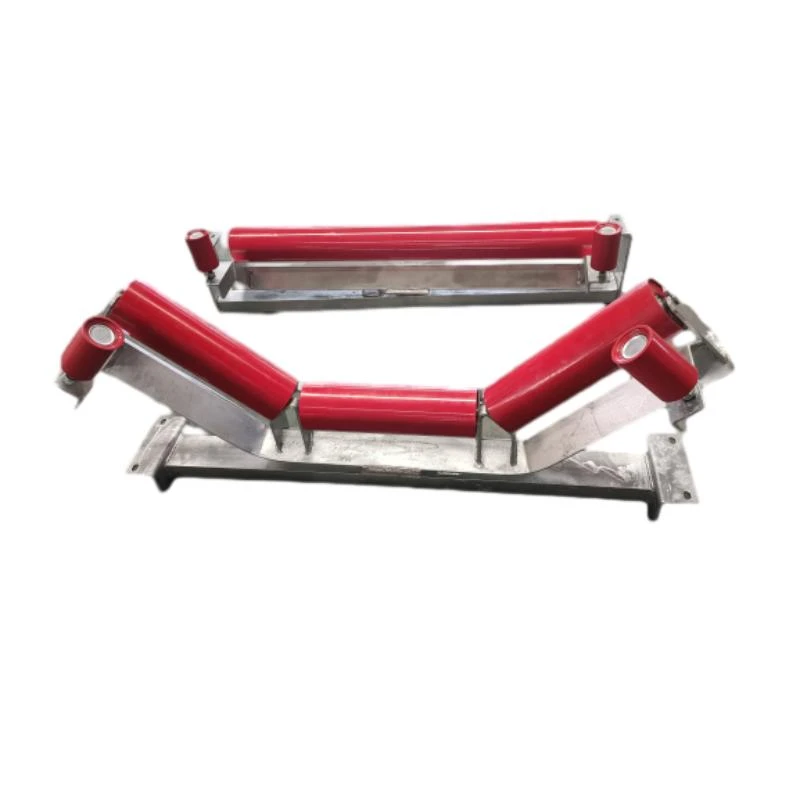 Afrikaans
Afrikaans  Albanian
Albanian  Amharic
Amharic  Arabic
Arabic  Armenian
Armenian  Azerbaijani
Azerbaijani  Basque
Basque  Belarusian
Belarusian  Bengali
Bengali  Bosnian
Bosnian  Bulgarian
Bulgarian  Catalan
Catalan  Cebuano
Cebuano  Corsican
Corsican  Croatian
Croatian  Czech
Czech  Danish
Danish  Dutch
Dutch  English
English  Esperanto
Esperanto  Estonian
Estonian  Finnish
Finnish  French
French  Frisian
Frisian  Galician
Galician  Georgian
Georgian  German
German  Greek
Greek  Gujarati
Gujarati  Haitian Creole
Haitian Creole  hausa
hausa  hawaiian
hawaiian  Hebrew
Hebrew  Hindi
Hindi  Miao
Miao  Hungarian
Hungarian  Icelandic
Icelandic  igbo
igbo  Indonesian
Indonesian  irish
irish  Italian
Italian  Japanese
Japanese  Javanese
Javanese  Kannada
Kannada  kazakh
kazakh  Khmer
Khmer  Rwandese
Rwandese  Korean
Korean  Kurdish
Kurdish  Kyrgyz
Kyrgyz  Lao
Lao  Latin
Latin  Latvian
Latvian  Lithuanian
Lithuanian  Luxembourgish
Luxembourgish  Macedonian
Macedonian  Malgashi
Malgashi  Malay
Malay  Malayalam
Malayalam  Maltese
Maltese  Maori
Maori  Marathi
Marathi  Mongolian
Mongolian  Myanmar
Myanmar  Nepali
Nepali  Norwegian
Norwegian  Norwegian
Norwegian  Occitan
Occitan  Pashto
Pashto  Persian
Persian  Polish
Polish  Portuguese
Portuguese  Punjabi
Punjabi  Romanian
Romanian  Russian
Russian  Samoan
Samoan  Scottish Gaelic
Scottish Gaelic  Serbian
Serbian  Sesotho
Sesotho  Shona
Shona  Sindhi
Sindhi  Sinhala
Sinhala  Slovak
Slovak  Slovenian
Slovenian  Somali
Somali  Spanish
Spanish  Sundanese
Sundanese  Swahili
Swahili  Swedish
Swedish  Tagalog
Tagalog  Tajik
Tajik  Tamil
Tamil  Tatar
Tatar  Telugu
Telugu  Thai
Thai  Turkish
Turkish  Turkmen
Turkmen  Ukrainian
Ukrainian  Urdu
Urdu  Uighur
Uighur  Uzbek
Uzbek  Vietnamese
Vietnamese  Welsh
Welsh  Bantu
Bantu  Yiddish
Yiddish  Yoruba
Yoruba  Zulu
Zulu conveyor head pulley
Understanding the Conveyor Head Pulley A Crucial Component in Material Handling Systems
In the realm of material handling, efficiency and reliability are of utmost importance. One fundamental component that plays a pivotal role in the functionality of conveyor systems is the conveyor head pulley. This article delves into the significance of the head pulley, its types, features, maintenance, and its impact on overall system performance.
The conveyor head pulley is located at the discharge end of a conveyor system. It is responsible for driving the belt, exerting tension on the belt, and facilitating the movement of materials from one location to another. As such, it acts as a key point in the operational mechanism of the conveyor. The design and engineering of head pulleys are tailored to meet the specific needs of various industries, including mining, agriculture, and manufacturing, where bulk materials need to be transported efficiently.
Types of Conveyor Head Pulleys
Conveyor head pulleys come in various types, each designed for specific applications. The most common types are the drive pulley and the non-drive pulley. The drive pulley is powered by the conveyor’s motor and provides the necessary torque to move the belt and materials. Non-drive pulleys, on the other hand, do not provide power but support and guide the belt. Additionally, head pulleys can be classified based on their surface profiles smooth, crowned, grooved, or lagged, with each type serving unique purposes in preventing belt slippage and ensuring proper material handling.
Features and Benefits
conveyor head pulley

Head pulleys are typically constructed from high-strength materials, ensuring durability and resistance to wear and tear. Many modern pulleys come with features such as rubber lagging, which enhances traction and minimizes slippage between the belt and the pulley. Lagging also protects the pulley from damage caused by harsh materials. The design of these pulleys can include adjustable tensioning systems, allowing users to maintain the optimal level of tension in the conveyor belt, thereby reducing the risk of premature wear.
One of the major benefits of a well-designed head pulley is improved efficiency in material handling. By ensuring consistent belt tension and optimal traction, head pulleys contribute to the smooth movement of bulk materials, reducing the likelihood of delays and breakdowns. Furthermore, employing the right type of head pulley can lead to lower energy consumption, as systems designed with efficiency in mind minimize the load on motors and other components.
Maintenance Considerations
To ensure the longevity and reliability of conveyor head pulleys, regular maintenance is essential. This includes routine inspections for signs of wear, checking alignment, and ensuring proper lubrication of bearings. Moreover, monitoring the condition of the belt and the surface of the pulley can prevent issues such as slippage and excessive wear. Implementing a maintenance schedule helps mitigate unplanned downtime and extends the lifespan of the conveyor system.
Conclusion
In conclusion, the conveyor head pulley is a crucial component in the efficient operation of material handling systems. Understanding its types, features, benefits, and maintenance requirements can help operators optimize their conveyor systems for better productivity and reliability. As industries continue to evolve and demand efficient solutions, the importance of head pulleys in achieving operational excellence cannot be overstated. Investing in high-quality pulleys and adhering to maintenance best practices ensures that material handling operations can perform at their best, providing businesses with a competitive edge in the market.
-
Revolutionizing Conveyor Reliability with Advanced Rubber Lagging PulleysNewsJul.22,2025
-
Powering Precision and Durability with Expert Manufacturers of Conveyor ComponentsNewsJul.22,2025
-
Optimizing Conveyor Systems with Advanced Conveyor AccessoriesNewsJul.22,2025
-
Maximize Conveyor Efficiency with Quality Conveyor Idler PulleysNewsJul.22,2025
-
Future-Proof Your Conveyor System with High-Performance Polyurethane RollerNewsJul.22,2025
-
Driving Efficiency Forward with Quality Idlers and RollersNewsJul.22,2025





























